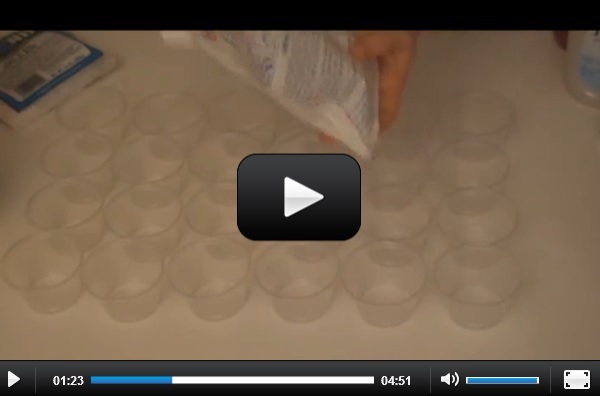If you find a white powder at the scene of a crime, how can you tell if it's flour or something more dangerous? A detective uses a chemical lab to determine what the substance is. One of the things that scientists look for is pH, which is a measure of how acidic or basic the powder is based on either a color change or how much a substance reacts with baking soda.
[am4show have='p8;p9;p11;p38;p102;' guest_error='Guest error message' user_error='User error message' ]
Acids are sour tasting (like a lemon), bases are bitter (like unsweetened cocoa powder). Substances in the middle are more neutral, like water. Scientists use the pH (power of hydrogen, or potential hydrogen) scale to measure how acidic or basic something is. Hydrochloric acid registers at a 1, sodium hydroxide (drain cleaner) is a 14. Water is about a 7. pH levels tell you how acidic or alkaline (basic) something is, like dirt. If your soil is too acidic, your plants won’t attract enough hydrogen, and too alkaline attracts too many hydrogen ions. The right balance is usually somewhere in the middle (called ‘pH neutral’). Some plants change color depending on the level of acidity in the soil – hydrangeas turn pink in acidic soil and blue in alkaline soil.
There are many different kinds of acids: citric acid (in a lemon), tartaric acid (in white wine), malic acid (in apples), acetic acid (in vinegar), and phosphoric acid (in cola drinks). The battery acid in your car is a particularly nasty acid called sulfuric acid that will eat through your skin and bones. Hydrochloric acid is found in your stomach to help digest food, and nitric acid is used to make dyes in fabrics as well as fertilizer compounds.
In this lab, you have several mystery powders as well as several clear liquids to identify. Set up the liquids along the length of the table and the powders along the width so you can keep track of which ones give you a reaction and of which type.
[/am4show]

